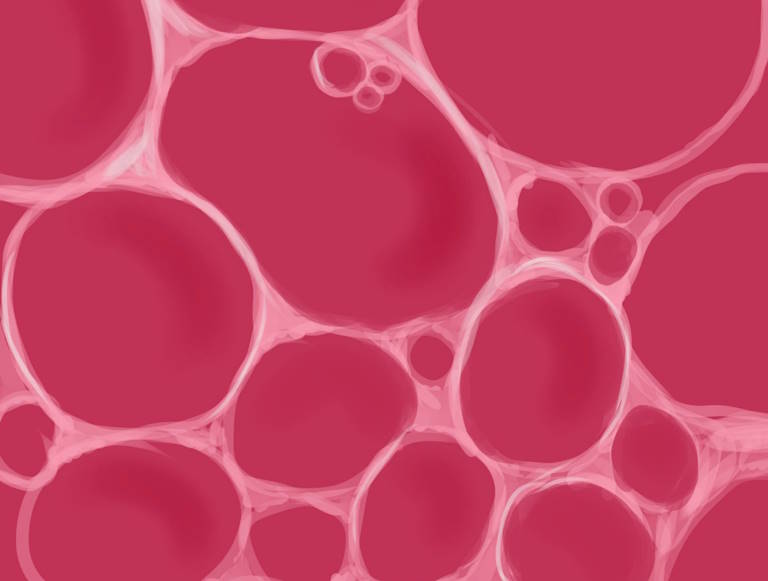Silicone-free defoamers are among the most important materials for reducing and preventing foaming in liquids in industrial and commercial processes. Due to their unique properties and wide range of applications, these materials have attracted the attention of many industries. This article provides an overview of the applications, benefits, and properties of silicone-free defoamers.
What are silicone-free defoamers? Silicone-free defoamers are used to reduce and eliminate foam formation in various liquids. Unlike silicone defoamers, these agents do not contain silicone compounds, but consist of various organic and inorganic compounds.
![]()
Application of silicone-free defoamers:
- Food and beverages: Silicone-free defoamers are widely used in the food industry to prevent foaming. They are popular because they do not affect the taste or quality of the product.
- Pharmaceutical industry: Silicone-free defoamers are used in the manufacture of pharmaceuticals and medical devices to prevent foam formation during the manufacturing process.
- Chemical industry: These antifoam agents are used to prevent foam formation in the production of various chemical products such as resins, paints and detergents.
- Oil and Gas: Silicone-free defoamers are used to reduce foaming and improve the efficiency of equipment used in oil and gas production.

Properties of silicone-free defoamers:
- No impact on fluid properties: Silicone-free defoamers do not contain silicone compounds and do not affect the physical and chemical properties of fluids. Therefore, they are used in sensitive industries such as the food and pharmaceutical industries.
- Environmentally friendly: Many silicone-free defoamers contain only minimal amounts of environmentally harmful compounds and are therefore ideal for use in industrial processes.
- Safe and easy to use: These materials are generally safe and easy to use and do not require any special equipment .
- Biodegradability: Many silicone-free defoamers contain compounds that are readily biodegradable in the environment, thereby reducing negative environmental impacts.
Comparison of silicone-free and silicone-based defoamers:
Defoamers are generally divided into two categories: silicone and non-silicone. Each type of defoamer has its own advantages and disadvantages, and the choice of the appropriate material depends on the specific application.
- Antifoam silicones: These materials are used in various industries due to their unique physical and chemical properties. They generally improve foam control but can impair the properties of the fluid.
- Silicone-free defoamers: These are preferred in sensitive industries such as the food and pharmaceutical industries because they minimally affect fluid properties and are environmentally friendly. They may not be as effective as silicone defoamers in some cases, but they are safer.

How to use silicone-free defoamer:
- Addition to the liquid: Silicone-free defoamers are typically added directly to the liquid. The amount of defoamer depends on the type of liquid and the amount of foam.
- Use in automatic systems: In some industries, silicone-free antifoam agents are automatically added to liquids to ensure continuous foam control.
- Monitoring and control: To ensure the effectiveness of silicone-free defoamers, the process must be continuously monitored and controlled so that the defoamer dosage can be adjusted if necessary.
Safety tips for using silicone-free defoamers:
- Personal protective equipment: When using silicone-free defoamers, wear protective gloves and eye protection to avoid direct contact with skin and eyes.
- Proper storage: These materials should be stored in sturdy, airtight containers to avoid leaks and potential hazards.
- Adequate ventilation: The room in which silicone-free defoamers are used must have adequate ventilation to avoid exposure to harmful fumes.
Finally:
Silicone-free defoamers are essential materials in industrial and commercial processes due to their unique properties and wide range of applications. These materials increase efficiency and productivity by reducing and preventing foaming in various liquids. Furthermore, their environmental friendliness and minimal impact on liquid properties make them ideal for sensitive industries such as the food and pharmaceutical industries . When used safely and properly, silicone-free defoamers can effectively utilize their advantages and contribute to the improvement of industrial processes.